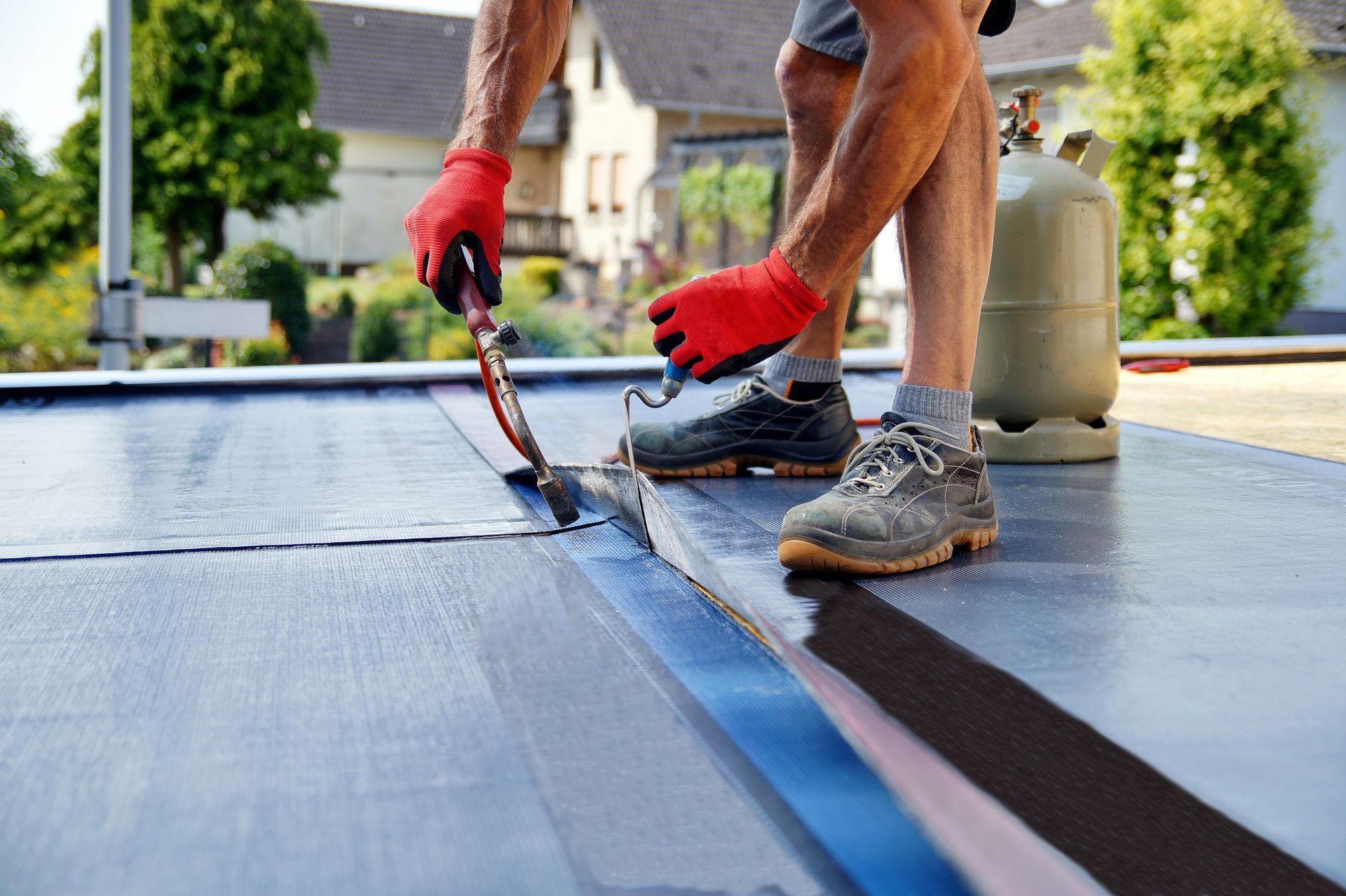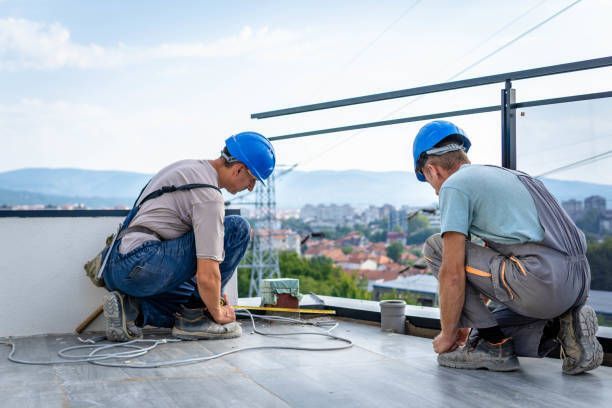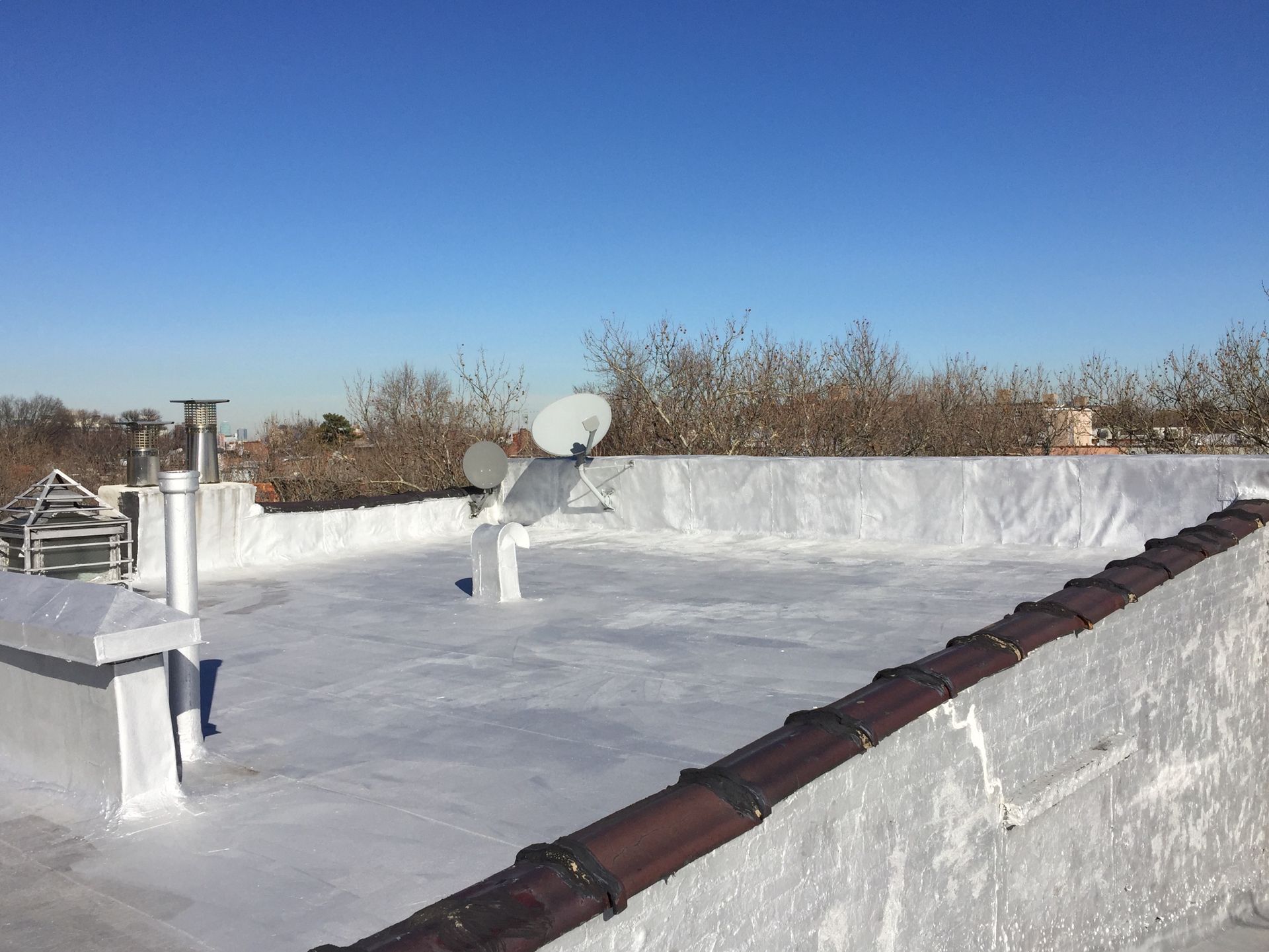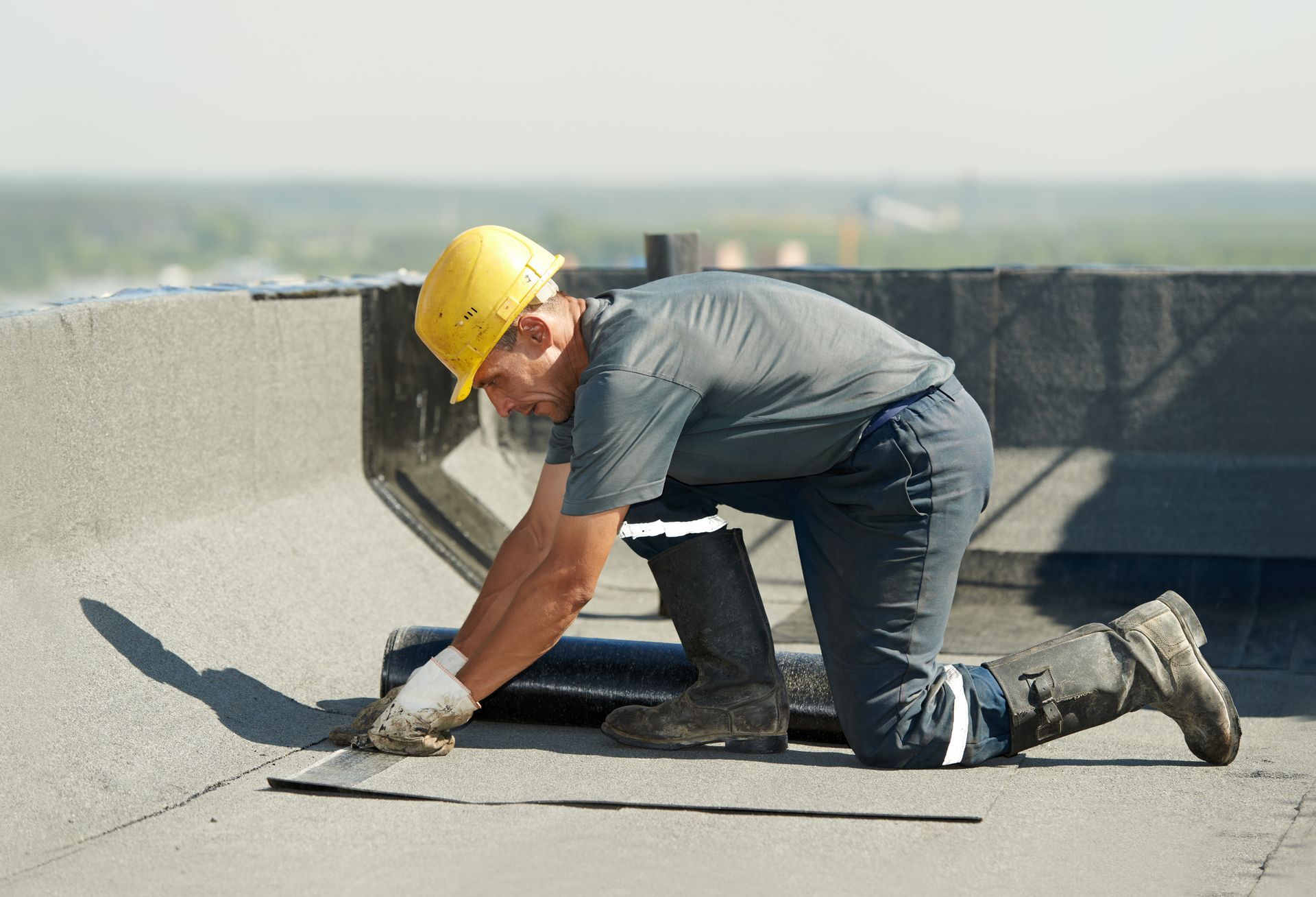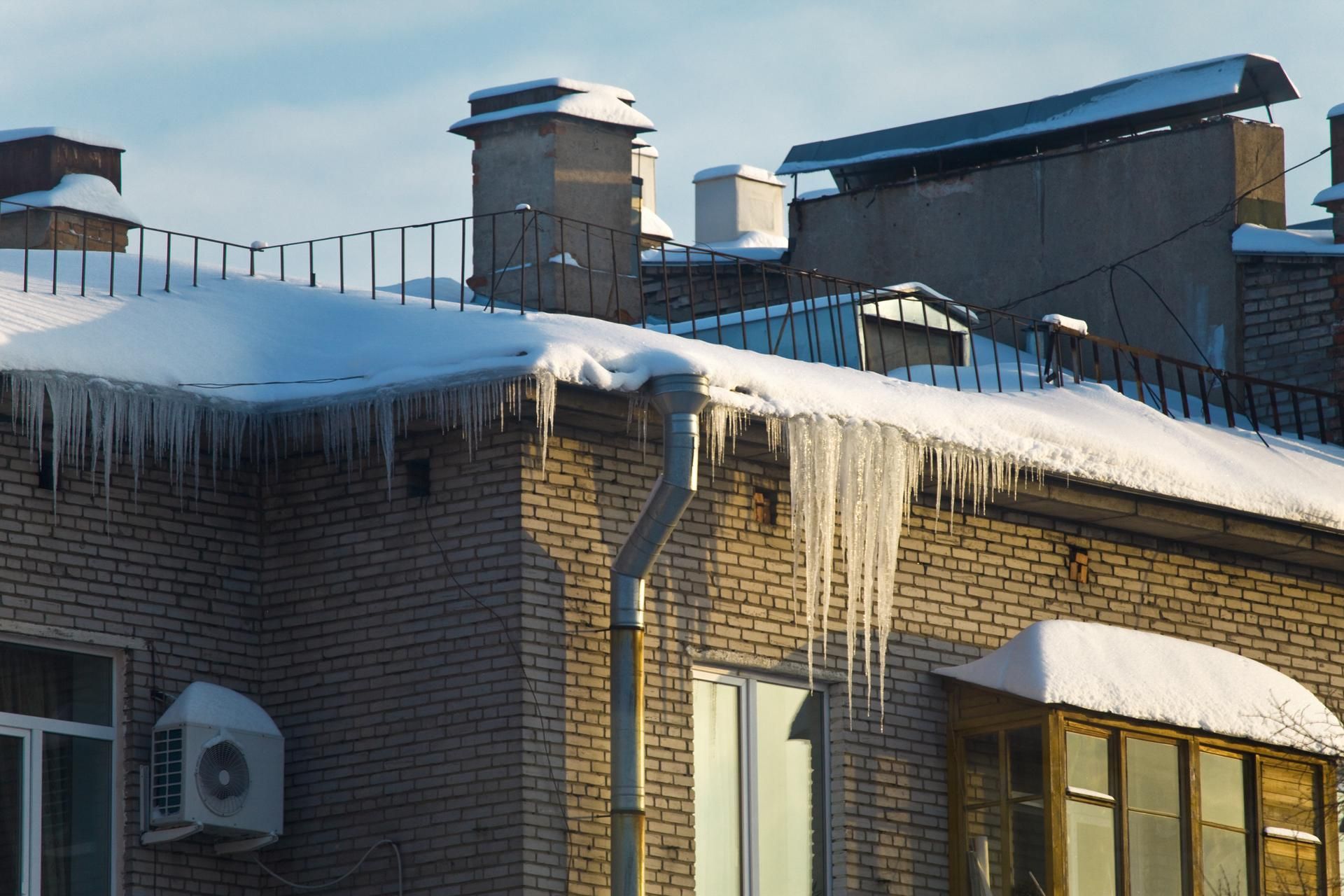Combating Water: The Role of Flashing in Flat Roof Construction
When constructing a flat roof, flashing is a component that is hidden from plain sight, but plays a pivotal role in the roof's longevity and integrity. While it might not be the most glamorous aspect of roofing, it is an indispensable element that protects your property from leaks, moisture infiltration, and potential damage. Learn about the critical role of flashing in flat roof construction, and why professional installation is essential.
Defining Flashing in Flat Roofing
Flashing is a thin, weather-resistant material that is installed at the vulnerable points on a flat roof to prevent water penetration. These vulnerable points include any areas on the roof where water might accumulate. Flashing is important because it acts as a barrier to divert water away from these critical areas to keep the interior of your home dry.
Protecting the Roof Edges
One of the primary functions of flashing in flat roof construction is to protect the roof's edges. Without proper flashing, water can easily infiltrate the seams where the roof meets the walls, leading to moisture damage, rot, and mold growth. Flashing installed along the roof's perimeter creates a water-tight seal, preventing water from seeping into your home.
Sealing the Roof Penetrations
Flat roofs often feature various penetrations such as chimneys, vents, and skylights. Flashing is crucial in ensuring these openings remain waterproof. Customized flashing is fabricated to fit around these penetrations to prevent potential leaks. Without proper flashing, these areas are prone to water intrusion, which can damage the roof structure.
Sealing the Roof Corners
Roof corners are other areas where flat roofs are susceptible to leaks. Flashing is installed at roof corners to block out water. Corner flashing is meticulously designed to account for any structural movement and temperature fluctuations. When installed correctly, corner flashing will maintain its effectiveness as time passes by.
Protecting the Joints
Flat roofs typically consist of several sections or seams where different roofing materials come together. These joints and seams are weak points in terms of water infiltration. Flashing is used to bridge these gaps and create a watertight barrier, ensuring that rainwater and moisture cannot penetrate the roof's interior layers.
Extending the Lifespan of a Roof
When flashing is properly installed, it protects against the primary enemy of flat roofs, which is water. By diverting water away from critical points, flashing prevents water-related damage such as rot, mold, and structural decay, significantly improving the life of your roof. Investing in professional installation is an investment in the long-term durability of your flat roof.
Choosing the Right Flashing Material
Flashing is available in various materials, and each material has its advantages. While metal flashing is a popular choice, some flat roofs might benefit from rubber or PVC flashing, which can be more flexible and adapt to specific roof designs. Choosing the right material for your flat roof's needs is essential to ensure effective water diversion.
Keeping Flashing in Good Shape
To keep your flat roof in optimal condition, regular inspections and maintenance of the flashing are essential. Over time, flashing can deteriorate due to exposure to the elements, temperature fluctuations, and general wear and tear. Routine inspections can identify any signs of damage or deterioration, allowing for timely repairs or replacements. Proper maintenance will help ensure that your flat roof and its flashing continue to protect your home for years to come.
If you are considering flat roof installation or already have one installed, do not underestimate the importance of flashing. You want your roof to possess the ability to keep the interior of your home damage-free. Contact Flat Roofing Experts, LLC to learn about the role of flashing in commercial construction and the services we can provide.

